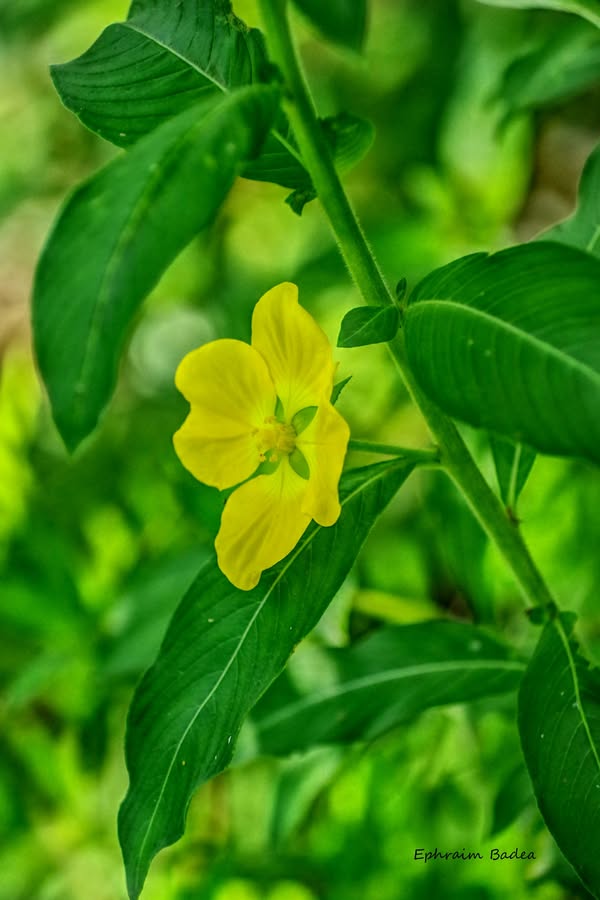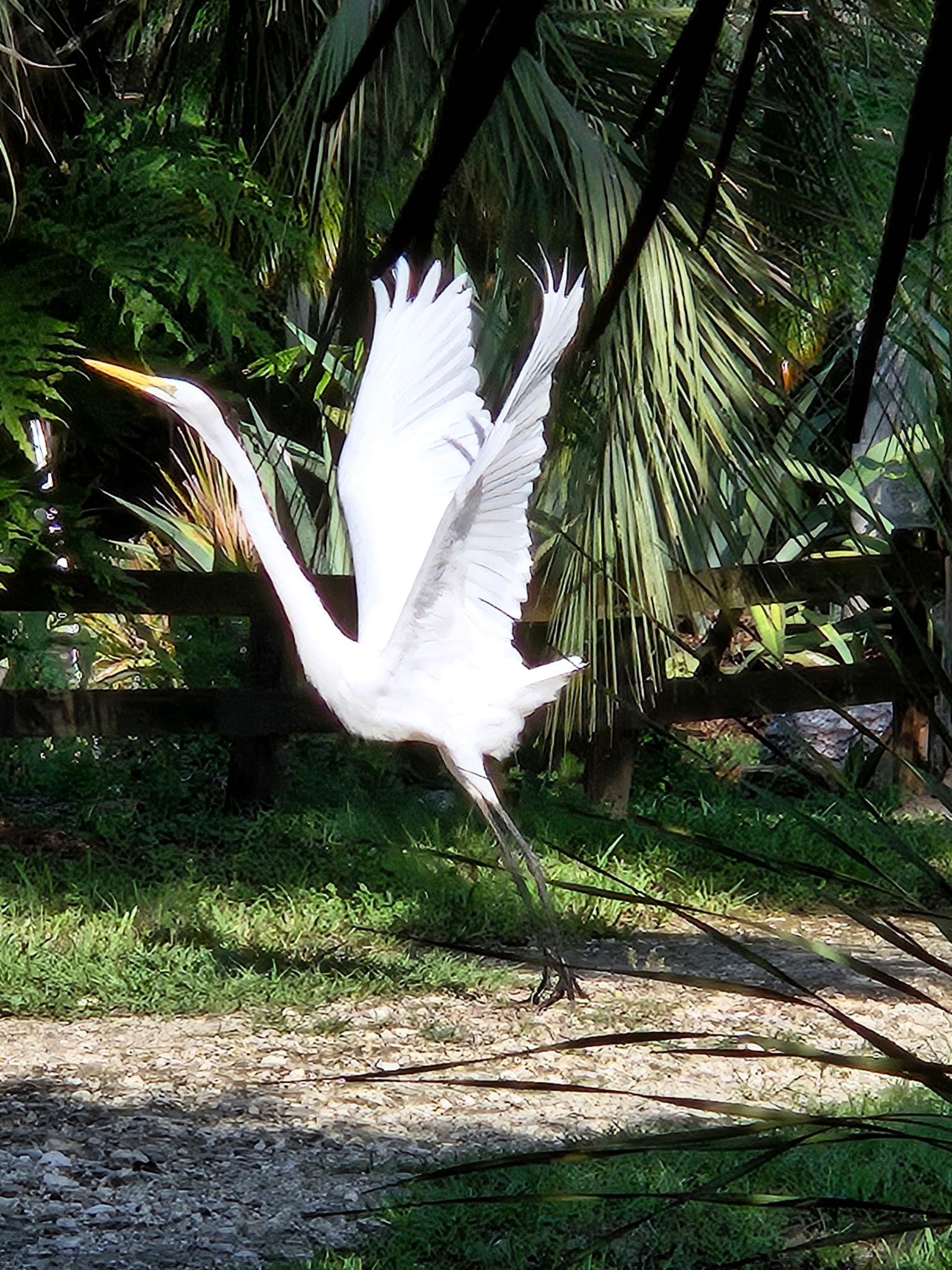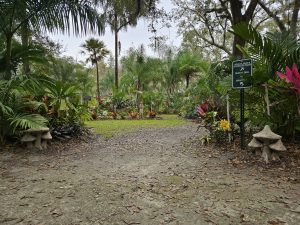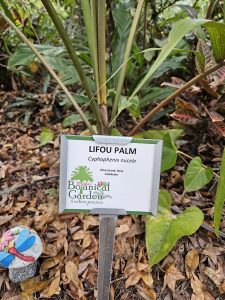We are looking for volunteers to help us eradicate this species and other invasive plants.
Researcher and Biologist, Nicholas Rust of Rusty Exotics is returning to head up our second invasive plant removal day. He will teach you how to identify and remove these plants.
Come prepared by wearing long pants, a long-sleeved shirt, and proper footwear. Also bring with you water, gloves, small shovel, rake, water/beverage and lunch.
For more information, call 904-540-3294. To volunteer, click on the link below to register by November 26.
Volunteer (type in the Subject “Invasive” and add your name and phone number)












